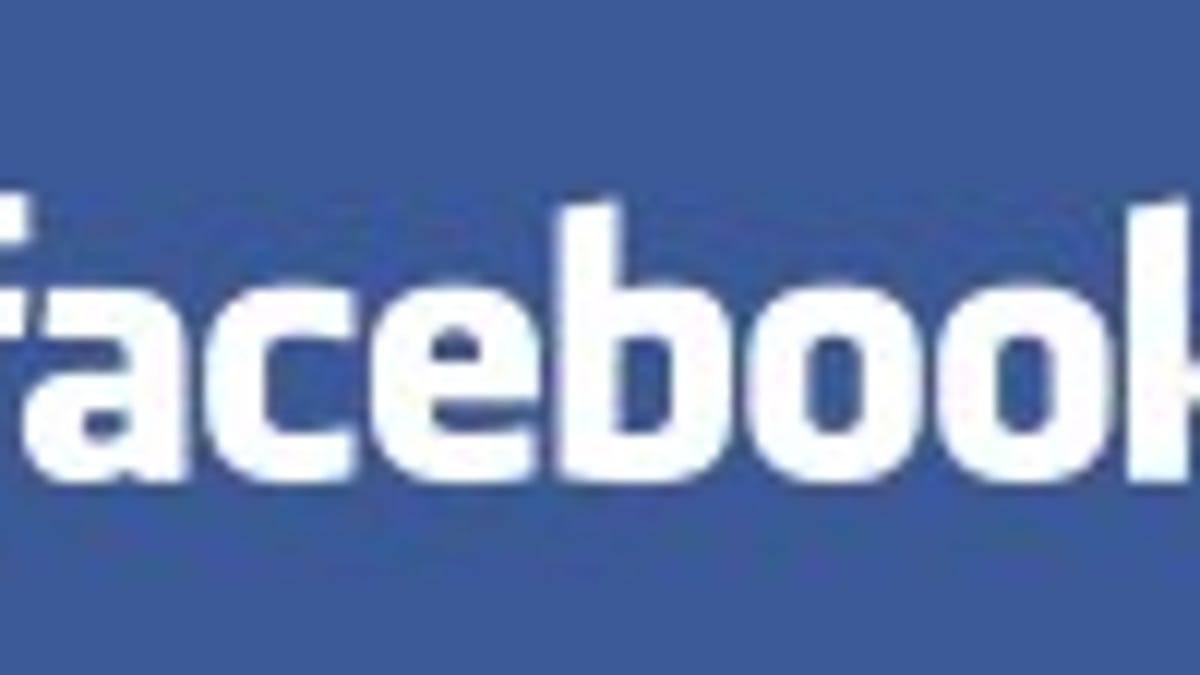Facebook's ad pitch: Meet the 'active network'
At a marketer-heavy Madison Avenue conference, the social network's COO, Sheryl Sandberg, says 200 million people can't be wrong, right?

NEW YORK--"We're here today to talk about how many friends you can have," Facebook Chief Operating Officer Sheryl Sandberg said in her keynote address at the AdAge Digital conference on Wednesday, the same day that Facebook announced that it had reached the milestone of 200 million active users around the world. "This is certainly something I thought about a bit before I joined Facebook, but in the last year, this has been a major question in my life."
But the major question she was addressing in her talk was a different one: namely, can advertisers reap dollars from a social network? It's the usual meat of any social network executive's talk at a Madison Avenue conference.
Her answer, obviously, was "yes."
Facebook's new buzzphrase, at least when it comes to advertising pitches, is "active network," which refers to the group of people whom you keep tabs on in a social-networking context enough to know what's more or less going on with their lives. "The average Facebook user has 120 friends," but even with a number like 120, you're not actively in touch with 120."
But active networks can overlap, she said. Friends can comment on their friends' photos in which other friends are "tagged," for example, making an indirect connection. Or Facebook users can see virtual gifts that people whom they don't necessarily know have posted to mutual friends' profiles.
"This is a dramatic shift in how people are communicating," Sandberg said. "This really just changes things. 'Virality' is more and more common, and things can just spread more quickly."
She brought up a few examples in which the "active network" can add up to something big: a "flash mob" organized in a London subway station, where 4,000 people RSVP'd to an invitation on Facebook after seeing it spread through their friends' profiles; and the "25 Things" fad, in which the number of people tagged in "notes" on Facebook skyrocketed from just more than 1 million to more than 9 million.
Sandberg also cracked a joke about the viral spread of negative responses to a Silicon Valley Web company's interface redesign. It was a self-effacing jab at Facebook's latest revamp, which proved controversial.
Prior to joining Facebook last year as its COO, Sandberg had been at the upper echelon of Google's sales operations. So this was the sort of audience she's used to addressing.
And she quickly segued to what Facebook wants the advertisers to hear. The social network's "Engagement Ads" product can take advantage of "the same engaging properties as other parts of our site," Sandberg explained. Around Valentine's Day, for example, automaker Honda started a campaign in which the company "ordered" 750,000 virtual gifts--images of heart-shaped car fuel gauges--that members could give to their friends for free.
"Within four days, all 750,000 gifts...were gone, which meant that 1.5 million people directly interacted and engaged with Honda on this promotion," she explained. Well, sort of: it doesn't take into account the fact that some members could have sent multiple gifts. But all in all, there were more than 130 million page views on Facebook that brought up one of the Honda heart gifts.
Facebook first announced Engagement Ads last August.
Someone in the audience asked what she had to say about the widely held industry opinion that advertising on a social network just doesn't bring in a good return on investment. Sandberg's response was that while it might have been true in Facebook's early days, it doesn't hold true for the social Web anymore.
"Social media has had to do some evolution, some work to come up with the right ad products, and we find that we are really first on that path now," she said. "Banner ads that interrupt your experience, or text ads, we don't think work as well in this environment. It's actually just in the last year that we were able to launch ads on our site that behave the way the rest of our site behaves."

